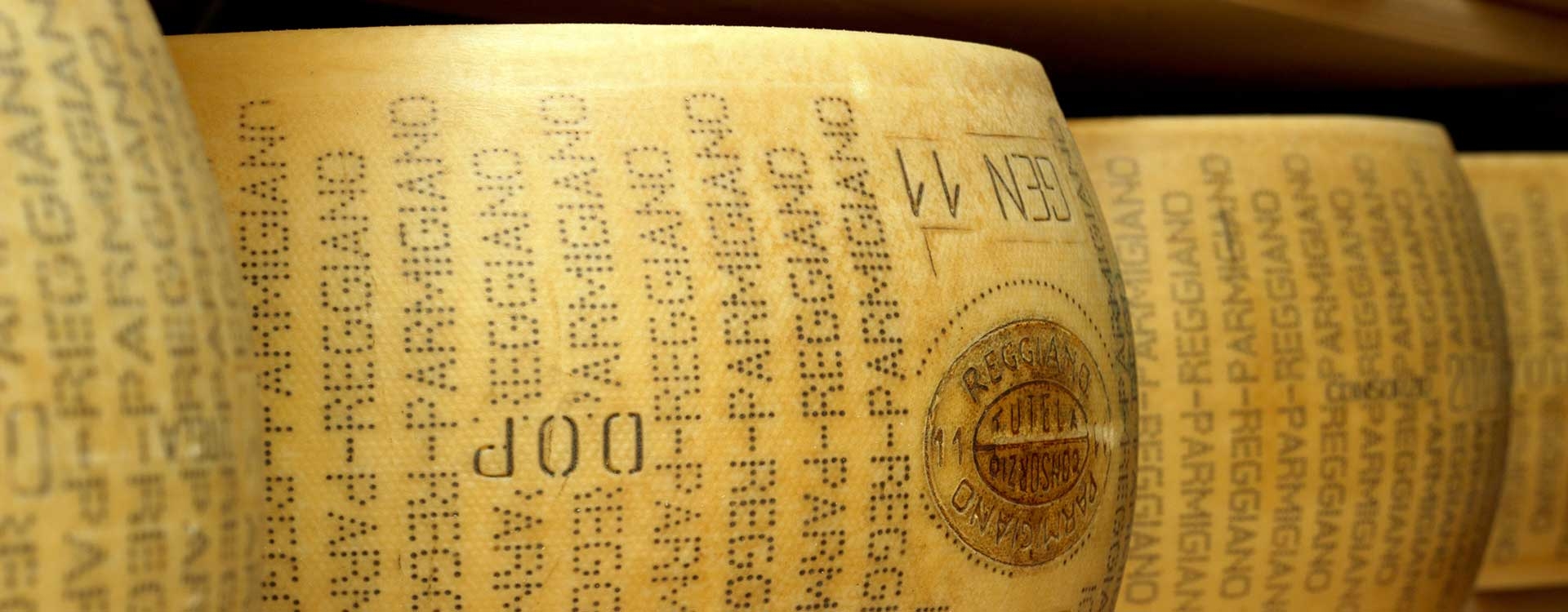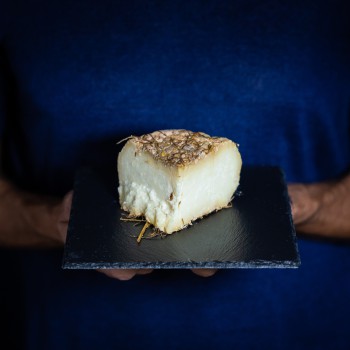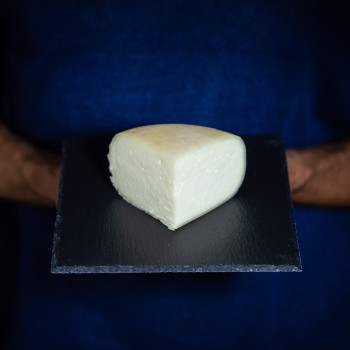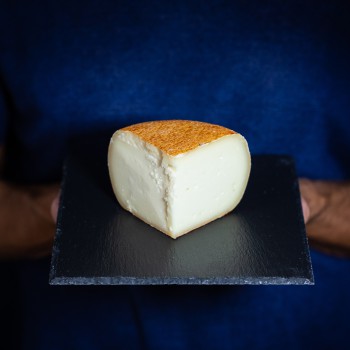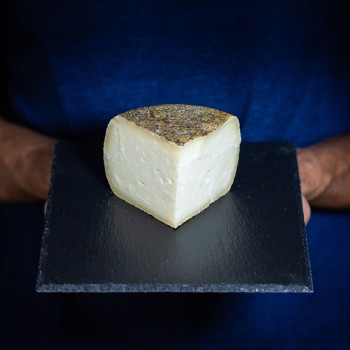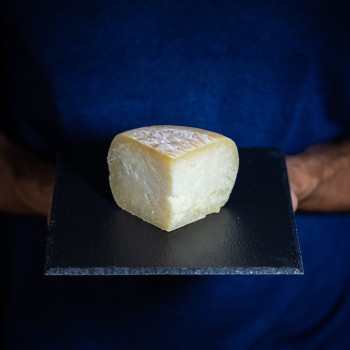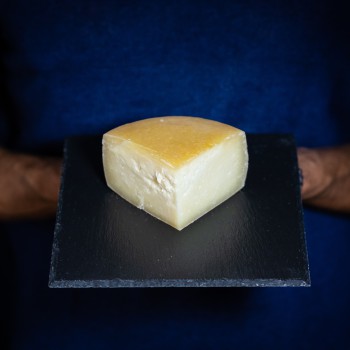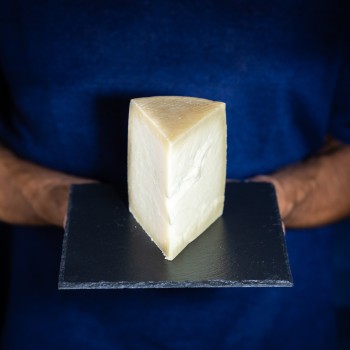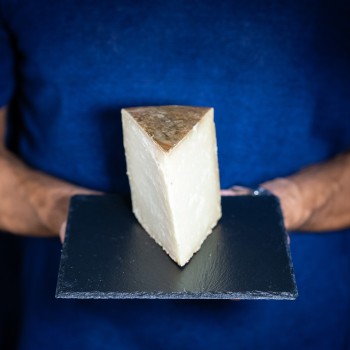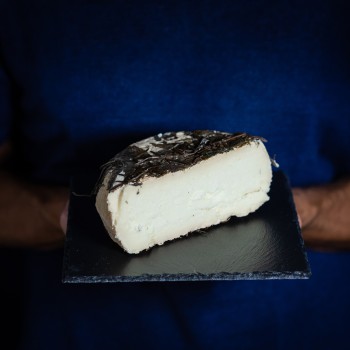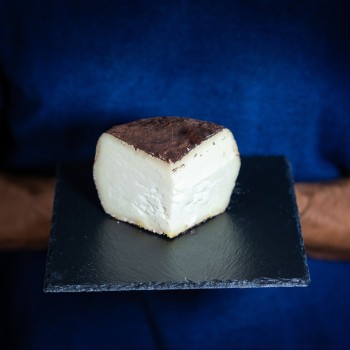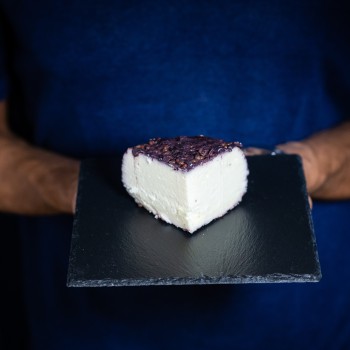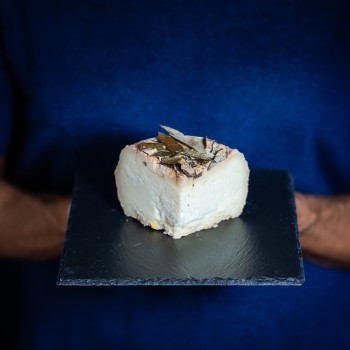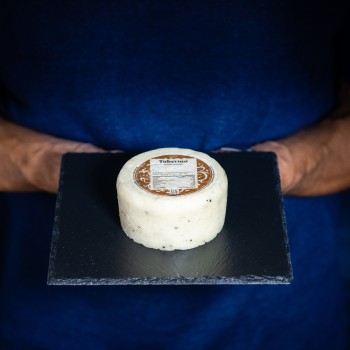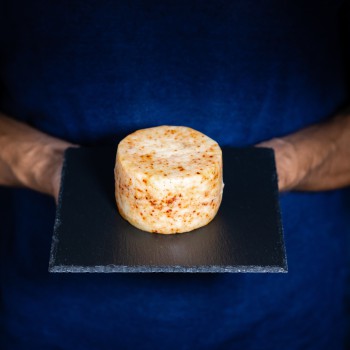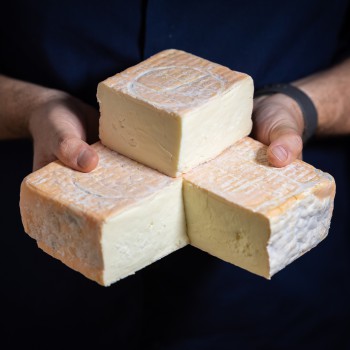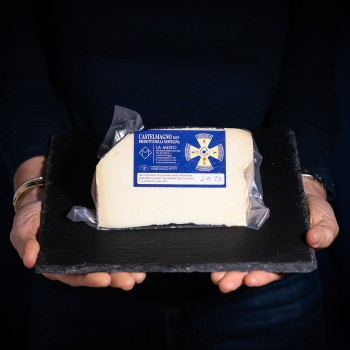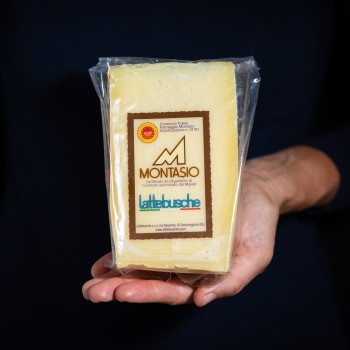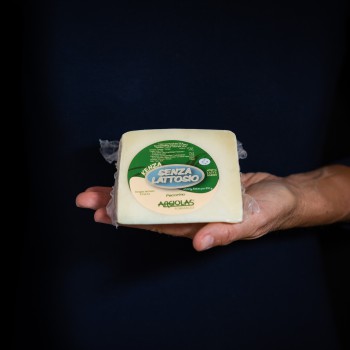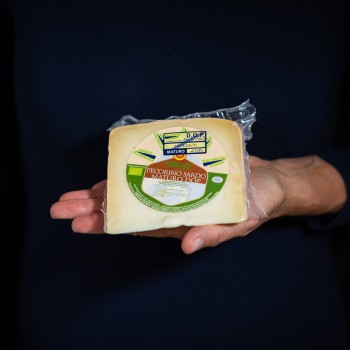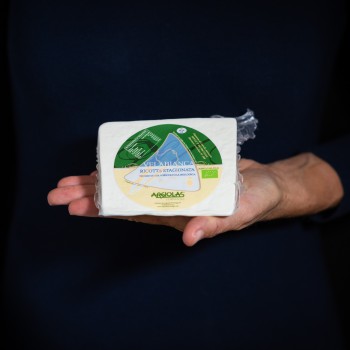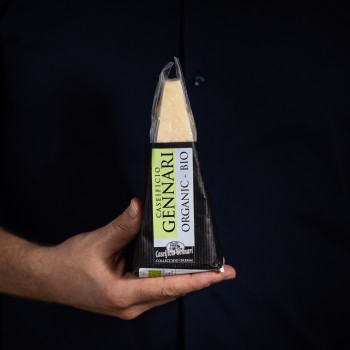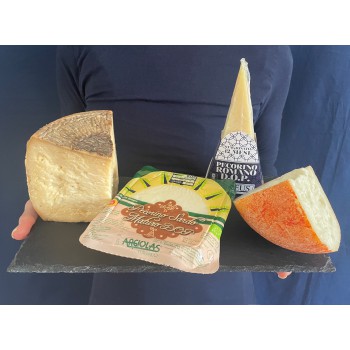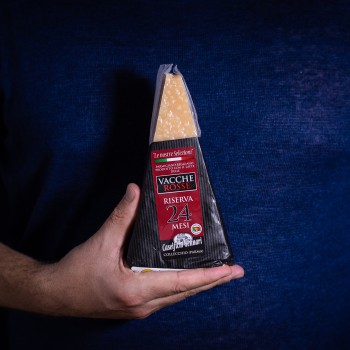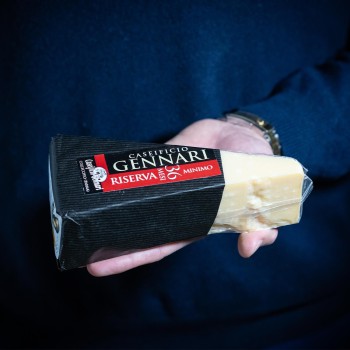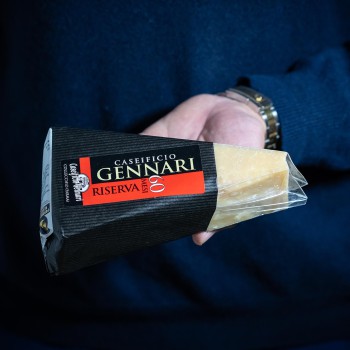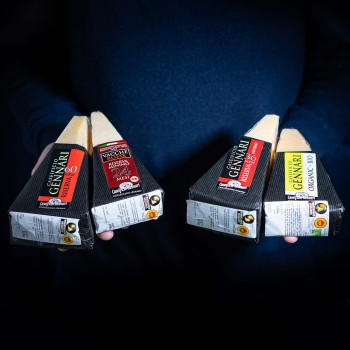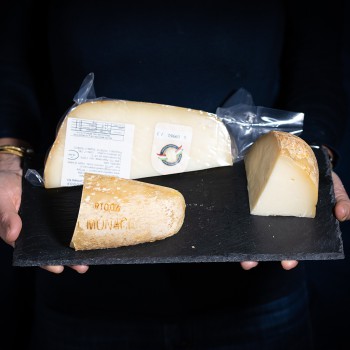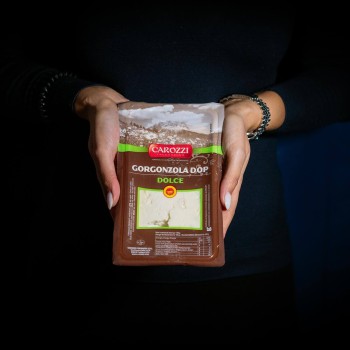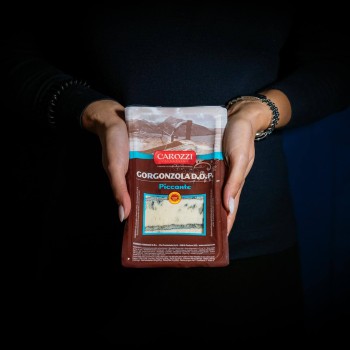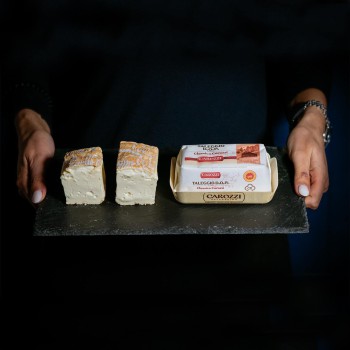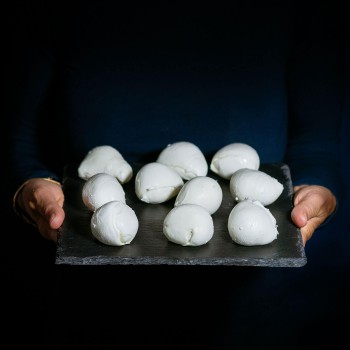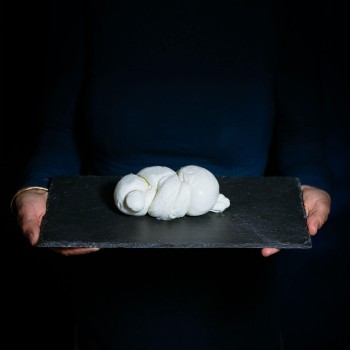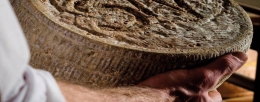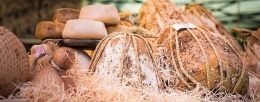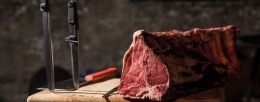Ferragosto is approaching, whip out the picnic baskets! What are we taking? All quick preparations to make and practical to carry and eat - dishes and cutlery are hardly needed! The secret? The best Italian cured meats.
Cheese names: what do they stand for?
Let’s take a look at some of the most delicious Italian cheeses. However, today we are not going to talk about their taste, scents and flavour combinations, but about the origin of their names instead. While some of them are quite intuitive, others are truly bizarre!
Knowing the origin of what we eat is important, as far as real culinary culture is concerned. Just like a master cheesemaker shapes the cheese wheel, history has shaped the names of these cheeses. Let’s dive into this marvellous world made of milk, pastures, ancient traditions and handmade processing techniques.
Cheeses taking the name from their places of origin
This is the simplest and perhaps the most common option. Defining a cheese by its place of origin makes it easy to recognise and it shows how important terroir truly is. Gorgonzola cheese is so called, because it is made in the city of Gorgonzola which this cheese symbolises and embodies.
From Gorgonzola (both a delicious cheese and a municipality in the province of Milan) we move on to a great classic Italian cheese, Parmigiano Reggiano. In this case, this double name refers respectively to Parma and Reggio Emilia. The production area has now been extended to Modena and to some parts of Bologna and Mantua, too, but that doesn’t matter. Parmigiano Reggiano is tied in an unbreakable bond to the territory where it originated, at the beginning of the 1200s.
Another cheese name revealing its place of origin is Taleggio cheese. In this instance, Taleggio is not a city, but rather a valley in Lombardy, located between the provinces of Bergamo and Lecco. The same thing applies to Montasio cheese, whose name is taken from a plateau in the Julian Alps in the province of Udine. In both cases, summer mountain pastures and shielings are used to make these extraordinary cheeses.
The story of Castelmagno, a small municipality perched on top of the Grana valley, is a bit sadder. The amount of residents living there is constantly decreasing, the last census recording 59 people, an all-time low. Asiago cheese had the opposite effect on the plateau of the Vicentine Alps, between Vicenza and Trento. Here the population started to rise, following a drop in the 80s and 90s.
Cheeses taking their names from the production process
Let’s start with a bang with one of the most famous Italian cheeses, Mozzarella. Its name comes from mozzatura, i.e., the manufacturing step which involves tearing the stretched curd by hand (mozzare in Italian) to obtain the white and milky balls that we all love.
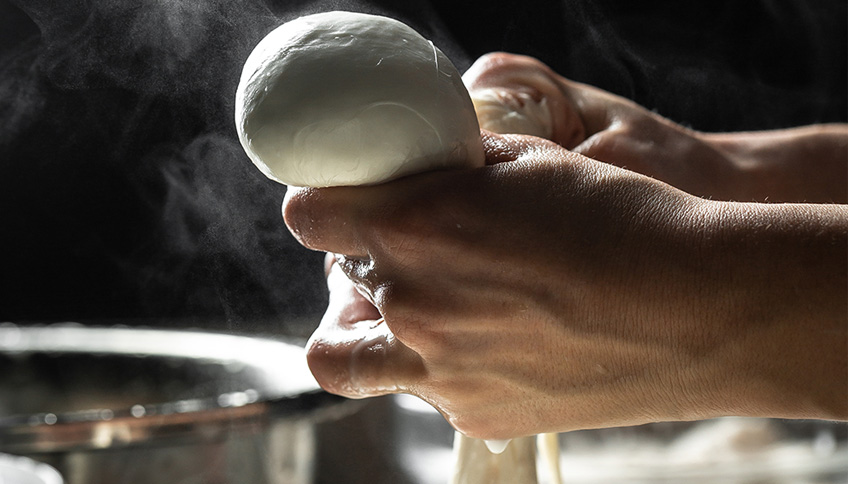
Canestrato cheese takes its name from a production step, too. That’s right, this delicacy made from the milk of goats and ewes grazing in the wild ages in willow baskets (canestro in Italian) which leave an imprint of their crisscross pattern on the cheese rind.
And what about Caciocavallo cheese? The name stems from a special tradition consisting in tying two cheese wheels together to hang them over (a cavallo in Italian) a beam, where they are left to age. Easy, right? Ricotta has an even simpler story: it means cooked (cotta) twice (ri-). The milk is heated first and then the whey is cooked again.
Stracchino and Strachitunt (which literally means round Stracchino) take their names from the milk quality. Cows, after having spent all day in alpine pastures grazing, are exhausted (stracche). The milk yield is low, but the quality is exceptional.
The name of Quartirolo cheese is also tied to summer pastures. “Quartirola” defines the grass sprouting on the valley after the third mowing at the end of the summer. Cows making their way back to the stables eat the last grass blades packed with summer scents.
Grana Padano is the only one left. Padano refers to the production area, but what does Grana mean? It doesn’t refer to a manufacturing step, but rather a specific feature of this cheese’s paste. While monks called it Caseus Vetus to distinguish it from fresh cheeses, common folks were struck by its paste containing small grains which are tiny calcium crystals that have not melted. That’s where the name Grana comes from.
Names of cheeses shrouded in mystery
Among those doubts that will remain unsolved we find the name of Provola and Provolone. There are two theories; the first one states that the name Provola comes from Pruvatura, a cheese tasting offered to the members of a chapter during the procession to the San Lorenzo in Capua monastery. The second theory states that the name comes from the Greek Probolè, which means protrusion, and refers to the “stalk” at the top of the cheese to which the string is tied.
The origin of the name Fontina is also unclear. This name might come from the alpine pasture Fontin in the Aosta Valley, from the village Fontinaz, or from the French fondis which refers to the quite low melting point of this cheese. Who knows?
There are things that we will never know, we have to accept that, and some other things that are just waiting to be discovered. The deliciousness of Italian cheeses is, however, the most incredible discovery of all!























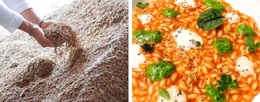



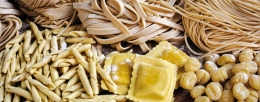

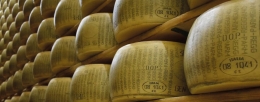
.jpg)

